The Fissore-Pozzi Collection
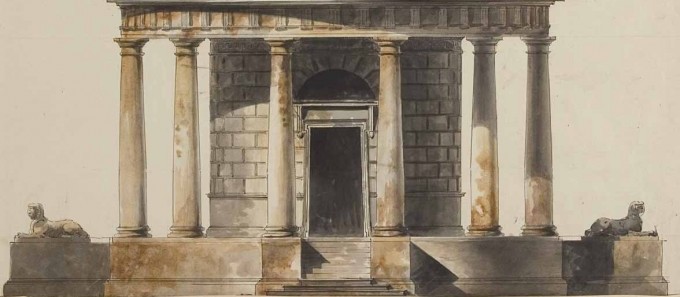
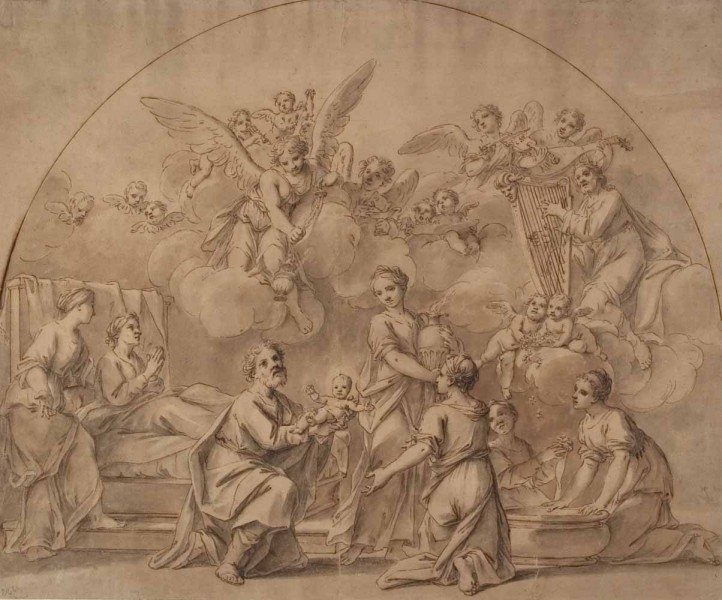
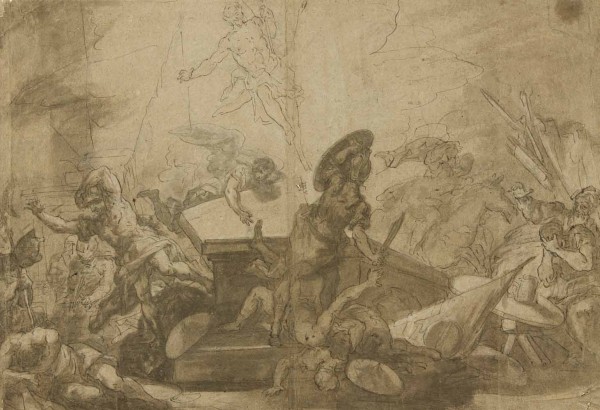
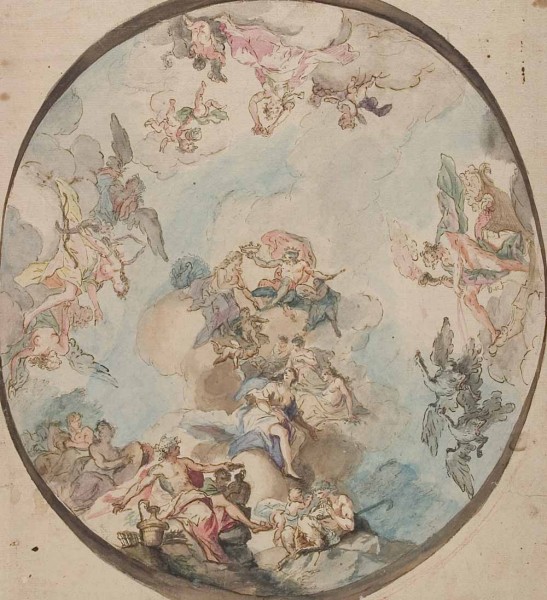
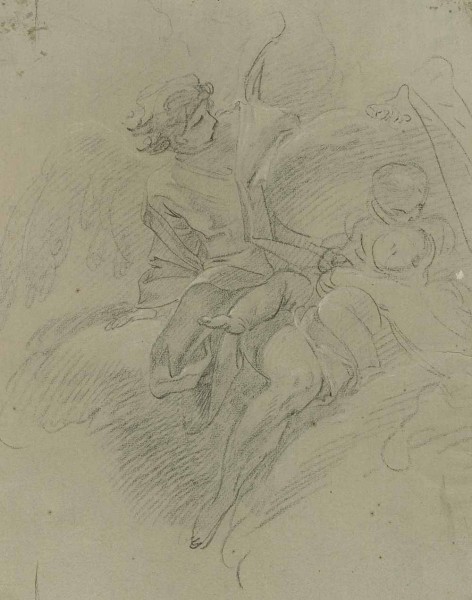
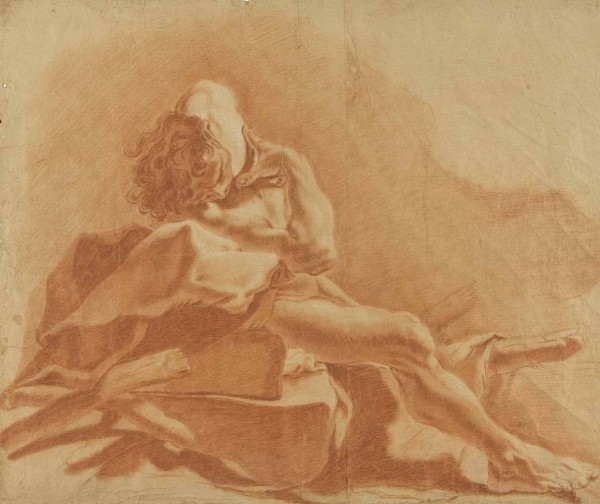
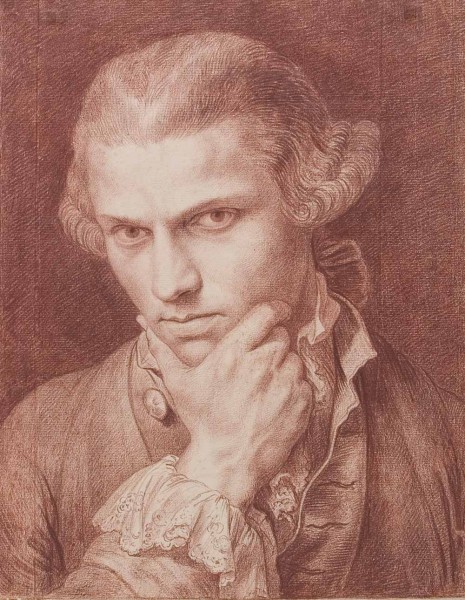
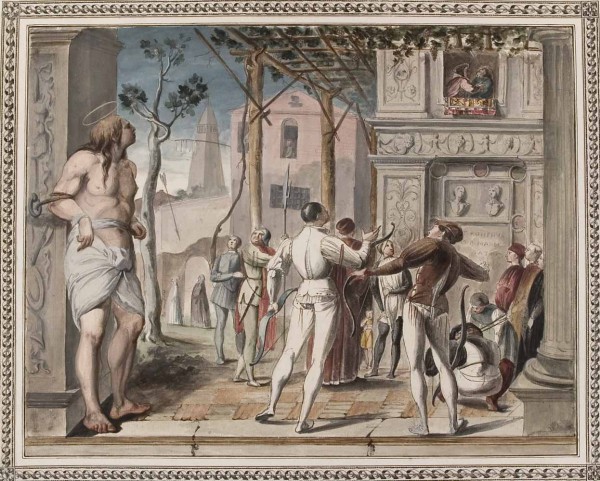
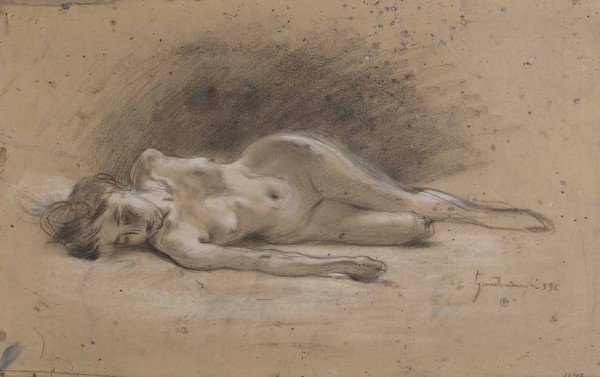
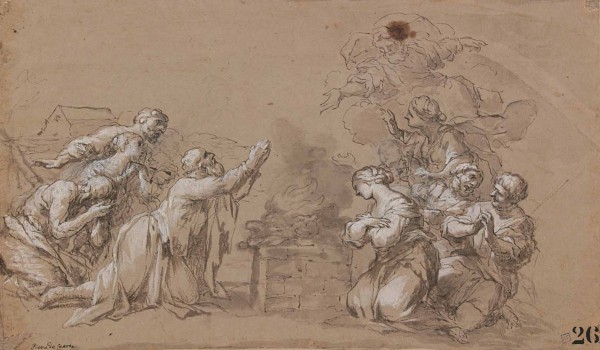
The Fissore-Pozzi collection was acquired by Vittorio Cini in 1962 from the Milanese bookseller and art dealer Elfo Pozzi as part of a collecting strategy that made the Venetian patron one of the major Italian collectors of antique drawings and took the total graphic collection of the Giorgio Cini Foundation up to 10,000 items.
There are many noteworthy drawings: the Cinquecento works include some remarkable examples of late Mannerist Italian and European art (e.g. Pieter de Witte and Bartolomeo Cesi), the post-Caravaggesque drawings of Pietro Bernardi from Verona, the early Baroque of Lazzaro Baldi and the art of Louis Dorigny ushering in the 18th-century. Among works attributed to illustrious artists is a Raising of the Cross with macchiato pictorial effects, thought to be by Nicolas Poussin. There is also a fascinating group of drawings by Bolognese artists such as Marcantonio Franceschini, Aureliano Milani and Vittorio Maria Bigari. The Settecento works include: a Male Nude characterised by an energetic chiaroscuro and probable drawn by a painter close to the young Giambattista Tiepolo; a drawing for a ceiling decoration by Jacopo Guarana; an academic exercise by Saverio della Rosa from Verona; and a series of drawings by the Genoese artist Giovanni David depicting Andrea Mantegna’s frescoes (now partly lost) in the chapel of the Ovetari in the church of the Eremitani, Padua. Moreover, there is a particularly interesting group of beautiful watercolour architectural drawings by the Neoclassical architect Giacomo Quarenghi who was involved on the Saint Petersburg construction sites when at the court of Catherine II. Among the notable later works in the collection are a red chalk Self-Portrait by James Barry and a remarkable pair of drawings of female nudes by the Venetian Impressionist Federico Zandomeneghi.
The specific nature of the collection, characterised by a collecting history which includes illustrious owners such as Pierre-Jean Mariette and Sir Joshua Reynolds, enables us to sample the development of the art of drawing from the 16th to 20th century through representative works.
